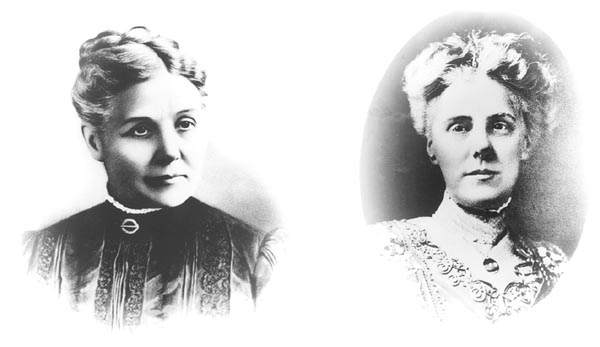Inspired by an article by Joy Williams
Mother’s Day: A Mission of Love (Not Greeting Cards)
Mother’s Day in the U.S. didn’t begin with brunch reservations or flower deliveries—it began with activism, community, and a daughter’s promise.
In 1858, Anna Reeves Jarvis of West Virginia organized “Mothers’ Work Days” to tackle sanitation and public health issues in her community. Her efforts weren’t just about honoring mothers—they were about empowering them to improve the lives of their families and neighbors. When the Civil War broke out, she expanded her mission, bringing women together to promote better hygiene on both Union and Confederate sides—a powerful act of compassion during a time of division.
Then came Julia Ward Howe, abolitionist and author of “The Battle Hymn of the Republic.” In 1872, she proposed a Mother’s Day for Peace, encouraging women to unite against war and promote global harmony. Her version of Mother’s Day was observed in several cities, but it eventually faded after she stopped funding it herself.

The holiday might’ve disappeared altogether—if not for Anna Marie Jarvis, daughter of Anna Reeves Jarvis. (Both pictured on right) When her mother passed away in 1905, Anna vowed to honor her legacy by creating a national day dedicated to all mothers.
She started small—handing out white carnations at her mother’s church in Grafton, West Virginia in 1907. The next year, the church held a formal Mother’s Day service. By 1909, the idea had spread to churches in 46 states.
Anna was relentless. She left her job and poured her energy into a full-time campaign—writing to politicians, ministers, and civic leaders. Her efforts paid off: in 1912, West Virginia became the first state to officially recognize Mother’s Day. Just two years later, in 1914, President Woodrow Wilson signed a resolution establishing Mother’s Day as a national holiday, celebrated on the second Sunday in May.
Ironically, Anna never had children herself. Yet she was one of the most passionate advocates for motherhood the country has ever seen. Ironically, as the holiday grew in popularity, she became disillusioned. The rise of commercialism—greeting cards, candy, jewelry—distorted her original vision of a heartfelt, personal tribute. She even protested the holiday’s commercialization later in life.
So while we may celebrate Mother’s Day with brunches and blooms, its true roots run deeper: honoring women’s strength, compassion, and influence in our lives and communities.
Not a bad legacy for a daughter who just wanted the world to appreciate her mom a little more. 💐
